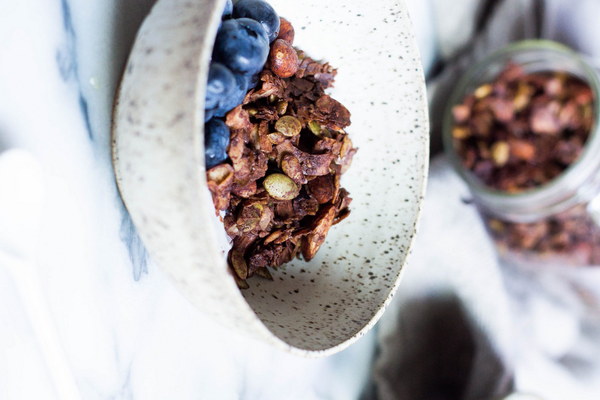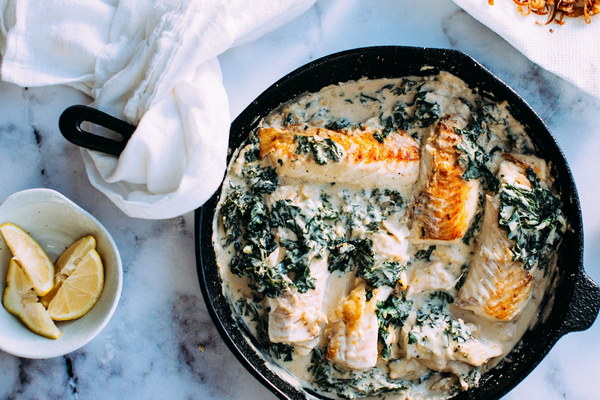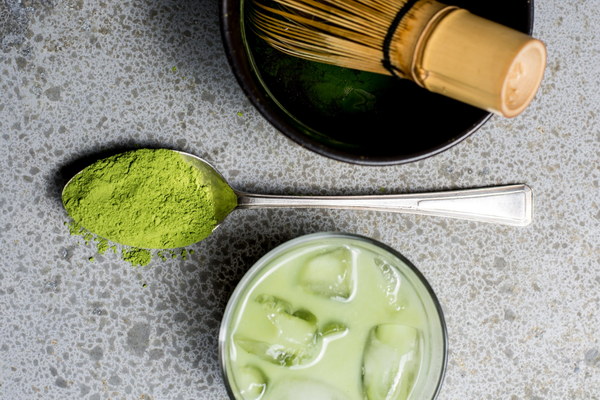Heart-Healthy Eating A Nutrition Guide to Boost Cardiovascular Well-being
Introduction:
Heart problems are a significant concern for many individuals worldwide. Maintaining a healthy heart is essential for overall well-being and longevity. While medication and lifestyle changes play a crucial role, incorporating heart-healthy foods into your diet can provide additional support. This article explores a nutrition guide to boost cardiovascular well-being through heart-healthy eating.
1. Omega-3 Fatty Acids:
Omega-3 fatty acids are known for their heart-boosting properties. These essential fats help reduce inflammation, lower triglyceride levels, and reduce the risk of arrhythmias. Incorporate foods rich in omega-3s into your diet, such as:
- Fish: Salmon, mackerel, sardines, and trout are excellent sources of omega-3s.
- Flaxseeds: Ground flaxseeds can be sprinkled on salads, smoothies, or added to baked goods.
- Chia seeds: Chia seeds are versatile and can be sprinkled on yogurt, mixed into oatmeal, or added to smoothies.
- Walnuts: Walnuts are a great snack option and can be added to salads, oatmeal, or yogurt.
2. Antioxidants:
Antioxidants protect the heart from oxidative stress, which can damage the arteries and increase the risk of heart disease. Foods high in antioxidants include:
- Berries: Blueberries, strawberries, raspberries, and blackberries are rich in antioxidants.
- Dark chocolate: Dark chocolate with a high cocoa content contains flavonoids that support heart health.
- Green leafy vegetables: Spinach, kale, and collard greens are excellent sources of antioxidants.
- Nuts and seeds: Almonds, Brazil nuts, and sunflower seeds are rich in antioxidants.
3. Fiber:
Fiber helps lower cholesterol levels, which can reduce the risk of heart disease. Aim for a diet rich in fiber, including:
- Whole grains: Oats, brown rice, quinoa, and whole-grain bread are excellent sources of fiber.
- Legumes: Beans, lentils, and chickpeas are fiber-rich and can be added to salads, soups, or stews.
- Fruits and vegetables: Apples, pears, carrots, and sweet potatoes are high in fiber.
- Psyllium husk: Psyllium husk is a soluble fiber that can be mixed with water or added to smoothies.
4. Healthy Fats:
Healthy fats, such as monounsaturated and polyunsaturated fats, can help lower bad cholesterol levels and reduce the risk of heart disease. Include these fats in your diet:
- Olive oil: Use extra virgin olive oil for cooking, salad dressings, and as a dip.
- Avocados: Avocados are a great source of healthy fats and can be added to salads, sandwiches, or as a snack.

- Nuts and seeds: Almonds, walnuts, sunflower seeds, and chia seeds are excellent sources of healthy fats.
5. B Vitamins:
B vitamins, particularly folic acid, niacin, and vitamin B6, can help lower homocysteine levels, which are associated with an increased risk of heart disease. Foods rich in B vitamins include:
- Leafy greens: Spinach, kale, and collard greens are high in folic acid.
- Fortified cereals: Fortified cereals are a good source of niacin and vitamin B6.
- Nuts and seeds: Almonds, Brazil nuts, and sunflower seeds contain vitamin B6.
- Lean meats: Chicken, turkey, and fish are excellent sources of B vitamins.
Conclusion:
Heart-healthy eating is an essential aspect of maintaining cardiovascular well-being. By incorporating omega-3 fatty acids, antioxidants, fiber, healthy fats, and B vitamins into your diet, you can support a healthy heart and reduce the risk of heart disease. Remember to consult with a healthcare professional before making significant changes to your diet.









